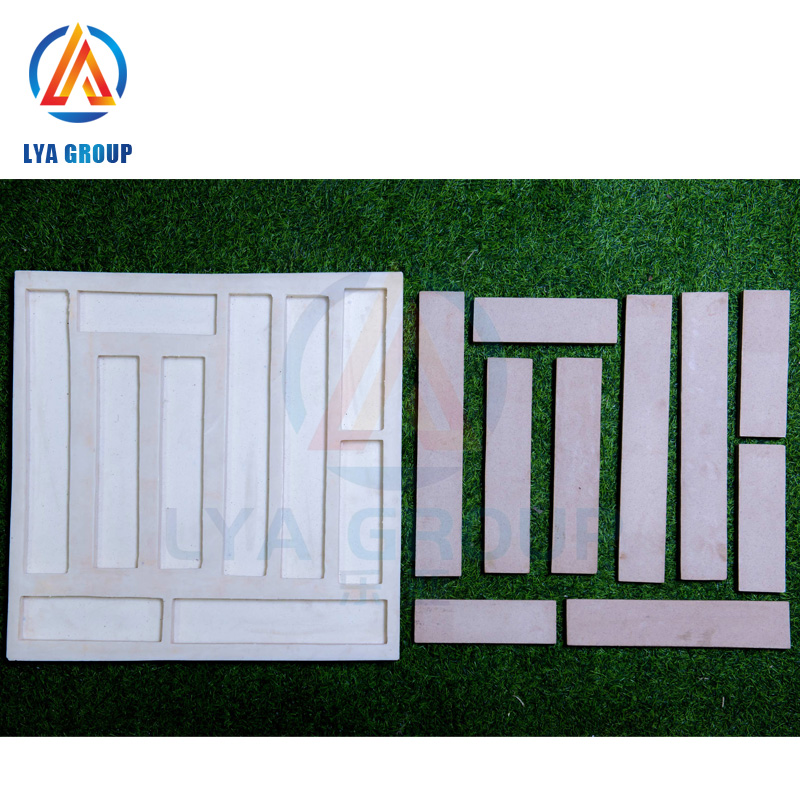Artificial stone mold VS natural artificial stone?
News 2022年9月5日 260

Humans have been fond of natural artificial stone since ancient times. Natural cultural stone is a kind of stone ore mined in nature. Among them, slate, sandstone and quartz stone have been processed to become a decorative building material. There are two main types: marble and granite. Natural cultural stone is hard in material, bright in color, rich in texture and different in style, and has the characteristics of compression resistance, wear resistance, fire resistance, cold resistance, corrosion resistance and low water absorption. There are two main types of natural cultural stones in terms of material: one is sedimentary sandstone, and the other is hard slate.
Artificial culture stone is made of cement, ceramsite, pigment, etc. Because of its aesthetic characteristics such as rich colors and different shapes, it is widely used in architecture, especially it plays an important role in the construction of villas.
Due to the scarcity and high price of natural cultural stone, with the production of artificial cultural stone, in the stone industry, as long as the “villa cultural stone” is mentioned, people know that it refers to the best quality artificial stone for exterior walls.
The quality of the cultural stone on the outer wall is mainly assessed from the following points: 1. The color must be natural, harmonious, beautiful and heavy;
2. The surface texture is real, natural and clear, almost exactly the same as the natural stone (complete reproduction of the selected natural stone with modern mold technology and materials);
3. The stone is not twisted or deformed. There are fewer stones of the same shape, and the matching effect is natural, beautiful and pleasing to the eye.
2. Green, safe and durable
1. The color is durable and hardly fades. (1) The most anti-aging and least fading pigments must be used. European, American and Japanese companies basically use German pigments. (2) The artificial stones of Europe, America and Japan are all colored.
2. Light weight and anti-shedding. The mass per square meter is less than or equal to 35KG, and the density per cubic meter is less than or equal to 1300KG. High-strength, light-weight and non-radiative aggregates must be used. Generally, pumice is preferred as aggregate, followed by high-strength lightweight ceramsite.
3, non-toxic, no radiation;
4. Weathering resistance. To resist weathering, the surface strength must be high.
5. Waterproof (water absorption rate 17%, 2.5% after protective treatment). The artificial stone of Europe, America and Japan has done a good surface protection treatment before leaving the factory;
6. Corrosion resistance, that is, acid and alkali resistance (after the dropwise addition of 0.01mol/L hydrochloric acid solution and 0.01mol/L sodium hydroxide solution, there is no obvious damage to the surface of the stone, no mortar block falling, and it will return to its original state);
7. Freeze resistance (no peeling or breakage after 50 freeze-thaw cycles at -30°C to -10°C); 8. Artificial aging resistance (150H), no obvious change;
9. The surface is free from pan-alkali and salt frost. (This is actually dealkalization. If the cement is dealkalized, the structure of the concrete will be destroyed, and the service life will be affected);
10. The flexural strength should not be too low. For products with low flexural strength, transportation loss and construction loss are too large. After a period of time on the wall, cracks will appear – the force generated when the paste material shrinks (thermal expansion and cold contraction) will break the cultural stone, so cracks appear; other forces from the wall will also break the cultural stone.